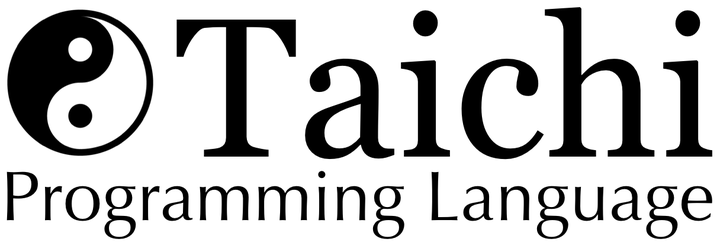The Taichi High-Performance and Differentiable Programming Language for Sparse and Quantized Visual Computing

Abstract
Using traditional programming languages such as C++ and CUDA, writing highperformance visual computing code is often laborious and requires deep expertise in performance engineering. This implies an undesirable trade-off between performance and productivity. Emerging visual computing workloads such as sparse data structure operations, differentiable programming, and quantized computation, lead to further development difficulties with existing programming systems. To address these issues, we propose Taichi, an imperative and parallel programming language, tailored for developing high-performance visual computing systems. Taichi leverages domain-specific features of visual computing tasks, providing first-class abstraction and support for spatially sparse computation, differentiable programming, and quantization. With Taichi’s optimizing compiler that has a high-level understanding of these domain-specific language constructs and automatically optimizes Taichi programs, we achieve performance and productivity simultaneously in various visual computing tasks, especially physical simulation. For example, with Taichi we can easily achieve 4.55× higher performance using 1/10 lines of code on sparse computations, effortlessly develop 10 differentiable physical simulators, and simulate unprecedented 235 million material point method (MPM) particles on a single GPU.